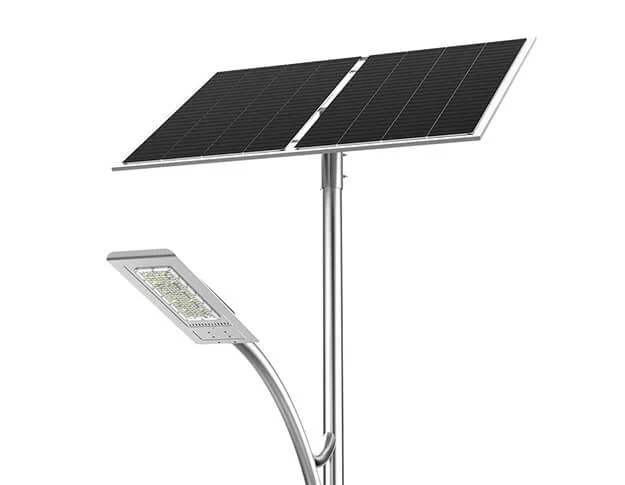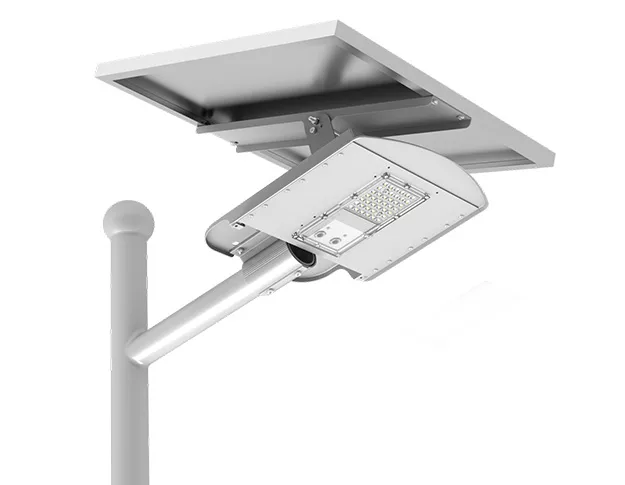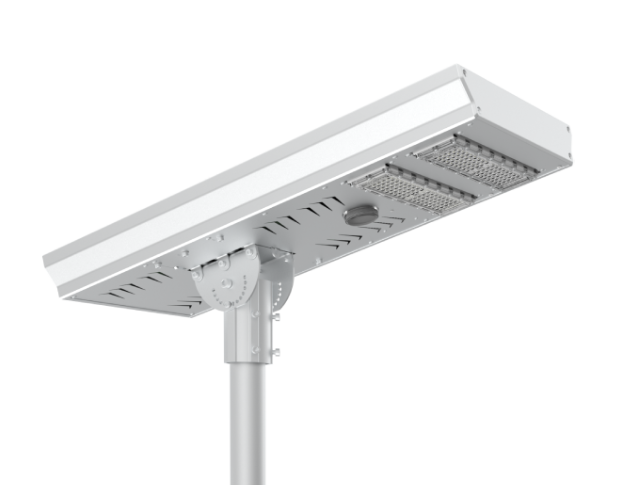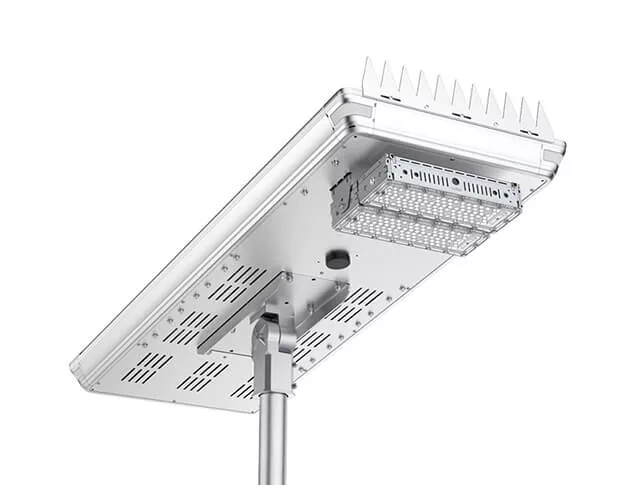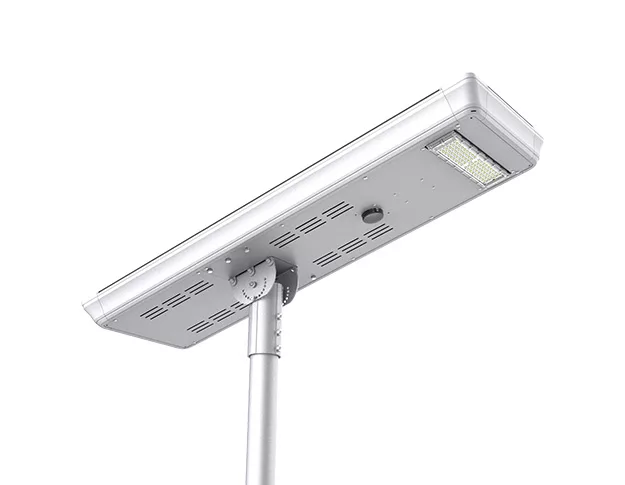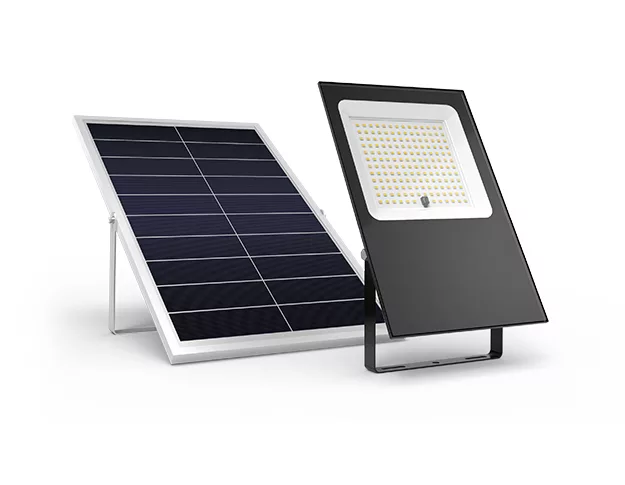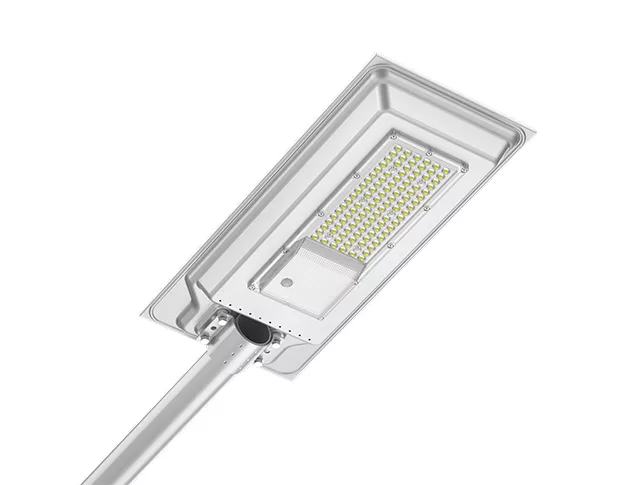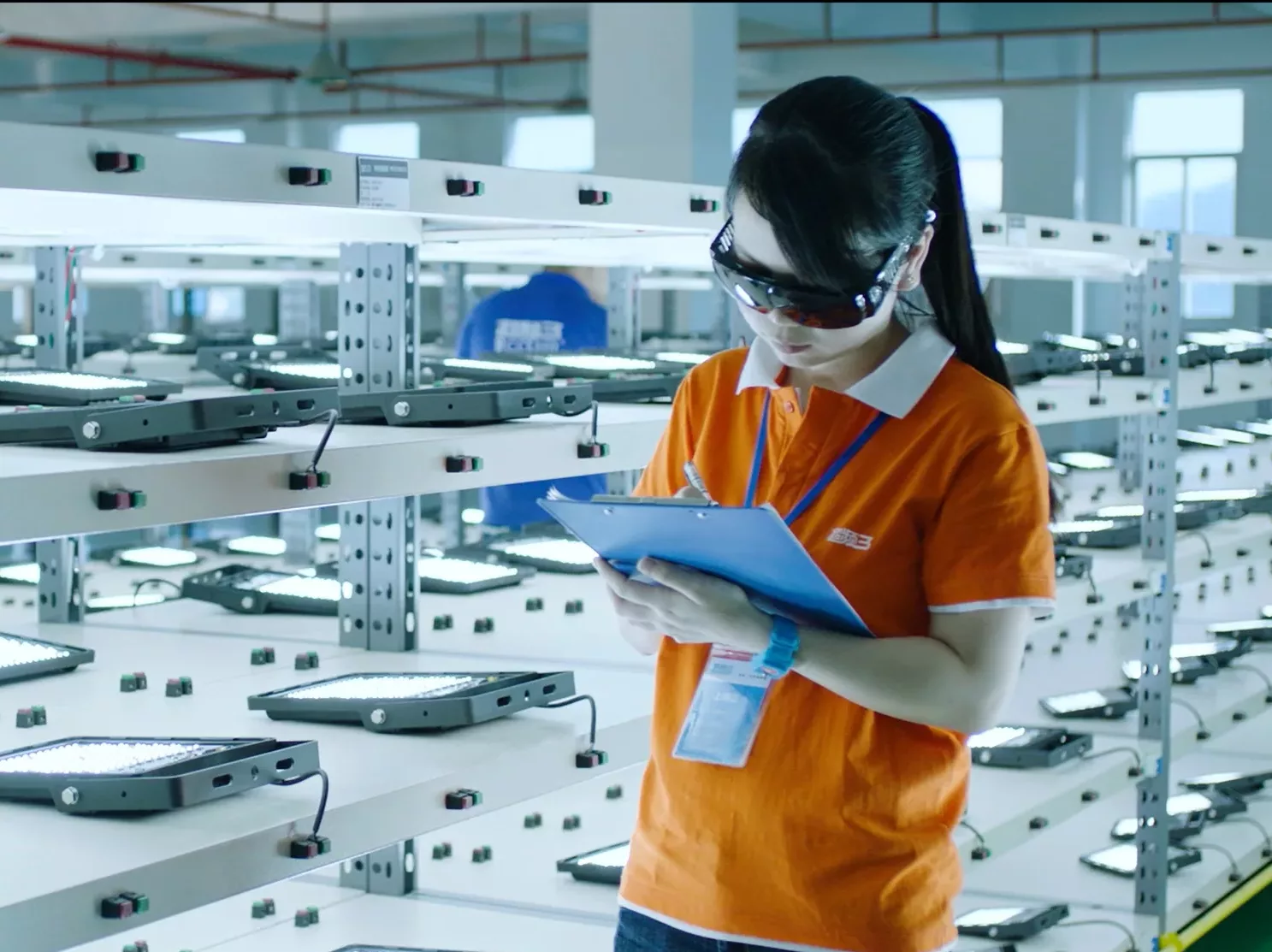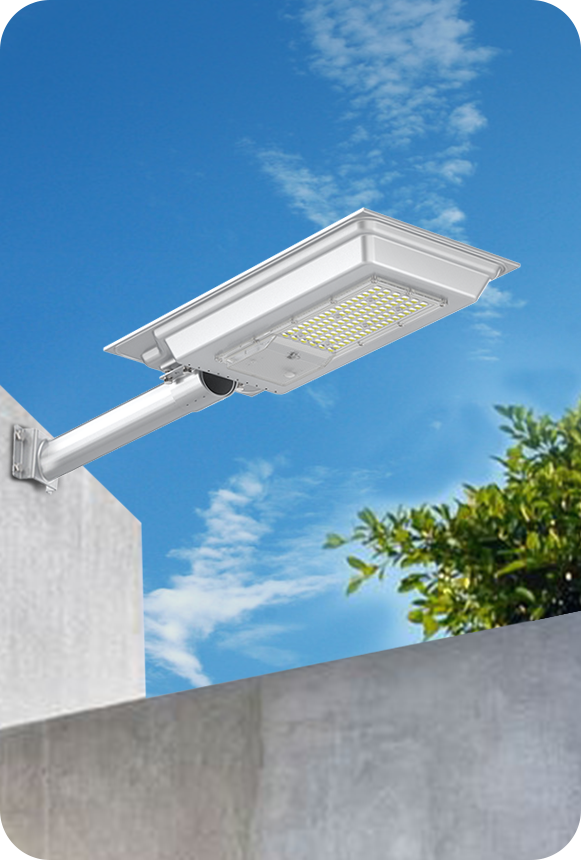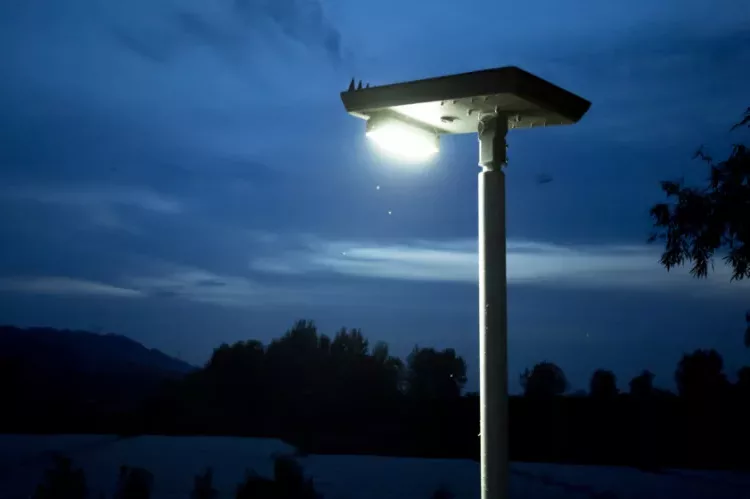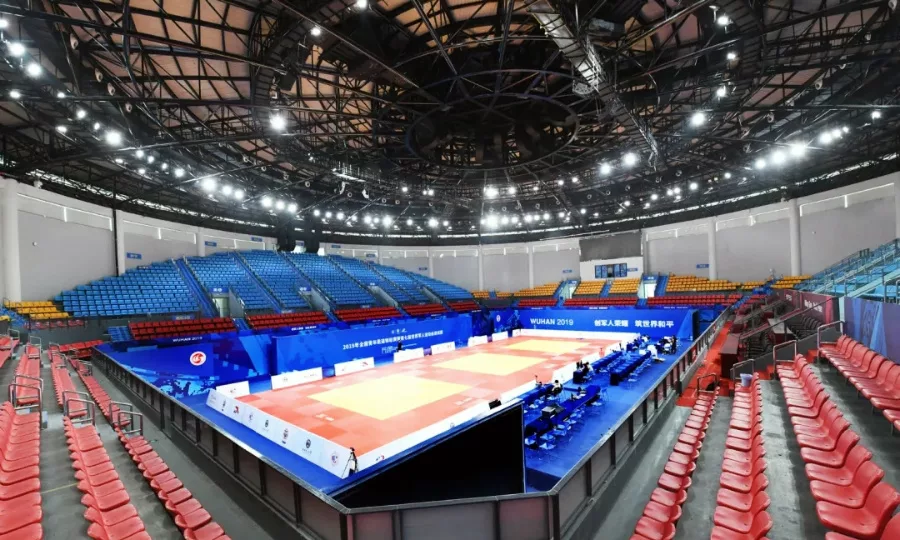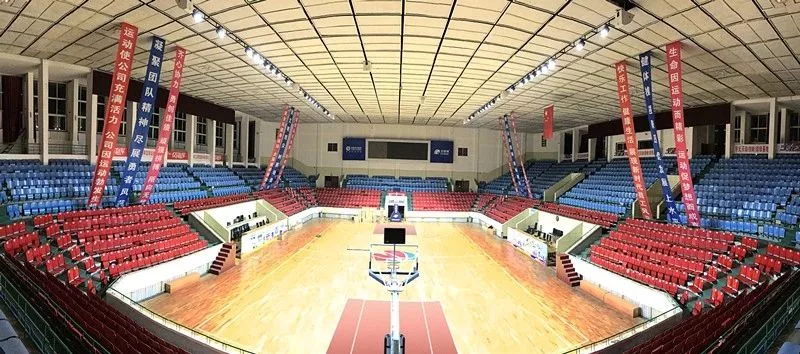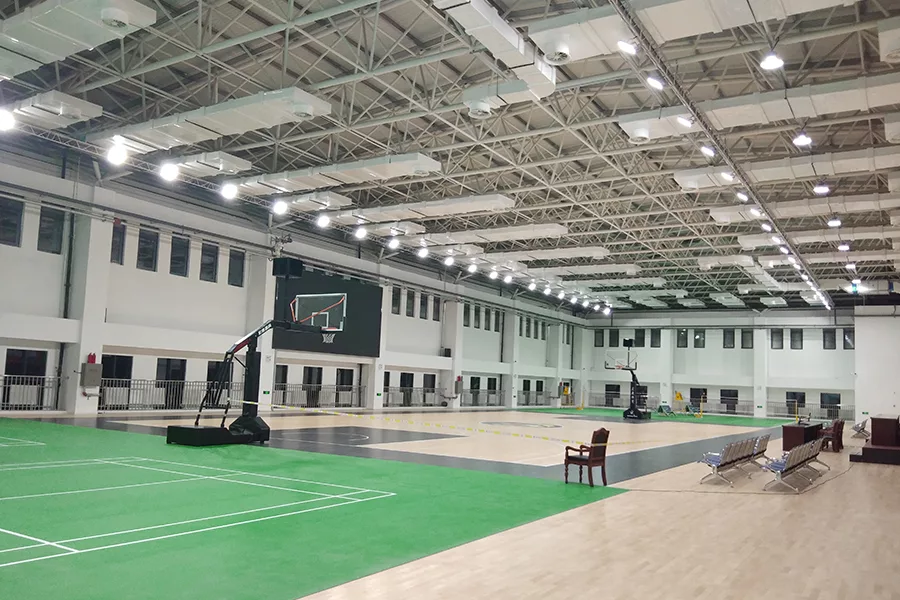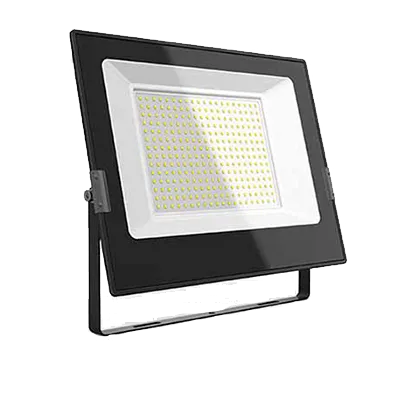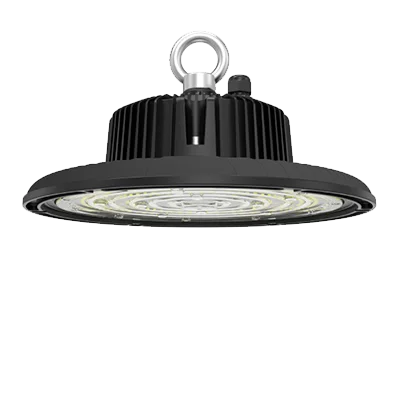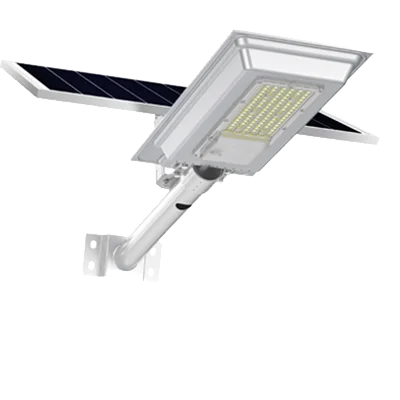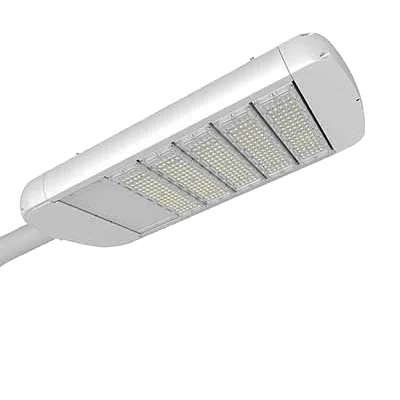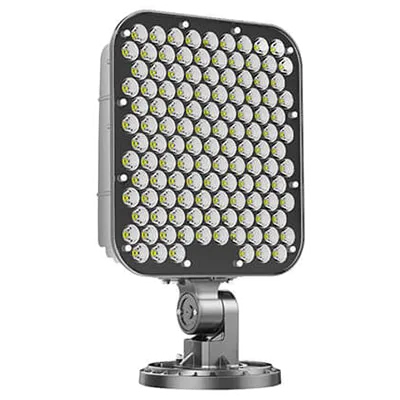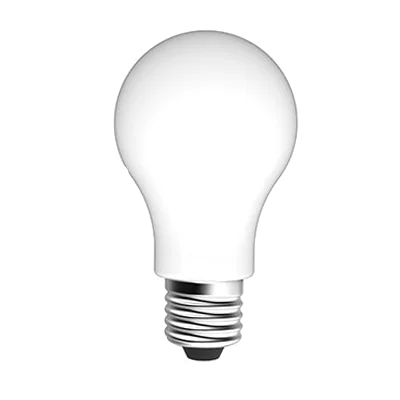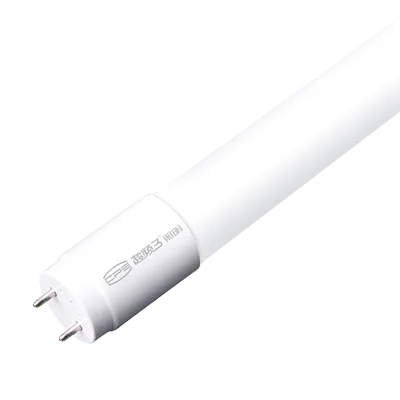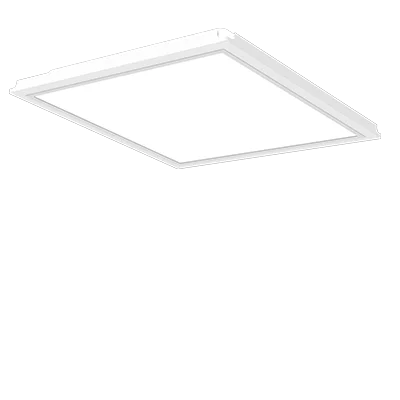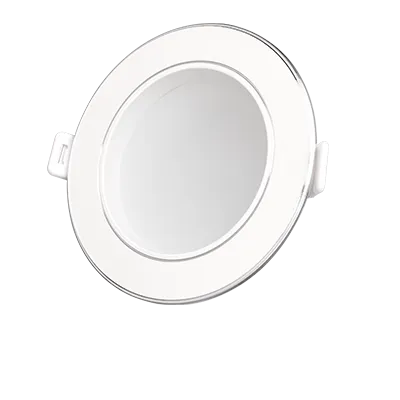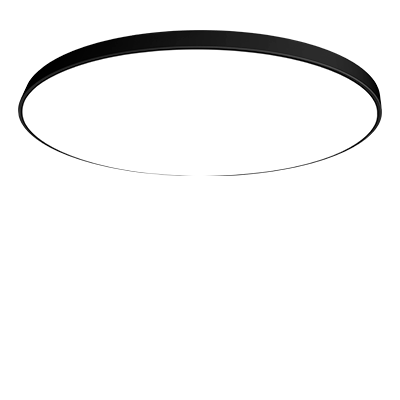What is the Solar Lights?
LED solar lights are gaining popularity as they provide an environmentally friendly and cost-efficient solution for lighting in various settings such as streets, gardens, parks, pathways, and parking areas. They use high-efficiency LED lights that consume up to 80% less energy than traditional lighting systems. Coupled with solar energy, which is renewable and sustainable, these lights help reduce carbon footprints and reliance on dwindling fossil fuel resources.
CPS Lighting offers superior LED solar lighting solutions. The effectiveness of these systems largely depends on the battery quality. Our products are equipped with high-capacity batteries that ensure prolonged operation. Our lights are designed to withstand tough weather conditions, making them ideal for outdoor use. They are highly efficient, producing a strong lumen output while conserving energy. Optional sensors and smart controls enhance energy savings and provide flexible management options.
Benefits of LED Solar Lights
LED solar lights offer several advantages, which include being eco-friendly, cost-effective, and easy to install:
Eco-friendly
Powered solely by solar energy, LED solar lights reduce reliance on non-renewable power sources. The use of clean solar power means no emissions are generated, helping to decrease overall environmental impact.
Cost-effective
Solar energy is free after initial setup costs, allowing property owners to save significantly on electricity bills. Additionally, LED solar lights require minimal maintenance, eliminating the need for electrical wiring or expensive installation processes.
Easy to Install
Installation of LED solar lights is straightforward since they don’t require connection to an electrical grid. This eliminates the need for extensive wiring and digging, allowing for installation in remote or difficult-to-reach areas.
Safety
Solar street lights are powered by 12-36V solar panels, which are within the safe voltage range and will not cause electric shock accidents to people, making them safer to use.
Flexible application
Off-grid solar street lights operate independently without a grid power connection and can function as long as sunlight is available, offering great flexibility. This makes them suitable for use even in remote areas lacking power infrastructure.
Types of LED Solar Lights
LED solar lights vary based on their application, including solar street lights, solar urban lights, and solar bollard lights, among others. The most prevalent are solar street lights, which are available in two main designs:
- Vertical Solar PV Type Streetlight: This design incorporates solar photovoltaic technology along a vertical column. This innovative approach allows for efficient space use and adds a modern aesthetic to the landscape.
- Flat Type Solar Street Light: Known for its all-in-one design, this type integrates solar panels and batteries into a single compact unit, simplifying installation and maintenance.
- Split solar street light means that the main components such as solar panels, solar batteries, solar controllers, and led lamps are completely independent.
Charging Capability on Cloudy Days
The lifespan and operational efficiency of LED solar lights are influenced by several factors, including location, battery quality, and cleanliness:
- Location: Placement in areas that receive ample sunlight directly impacts performance, ensuring longer illumination periods.
- Battery: High-quality, large-capacity batteries like the LiFePO4 battery used in CPS Lighting products provide resilience and extended operational times, capable of lasting through up to 7 days of rainy weather.
- Cleanliness: Keeping solar panels clean is crucial as dirt and debris can reduce energy conversion efficiency and affect overall performance.
Charging Time: Typically, LED solar lights need about 6 to 8 hours of sunlight to achieve a full charge. For instance, CPS Lighting’s sunflower series solar street light models require this range of charging time but can sustain illumination for 3 to 7 days, even during rainy conditions.
These features make CPS Lighting’s LED solar lights a reliable and sustainable choice for efficient outdoor lighting.
What is the Solar Street Light?
Solar street lights utilize crystalline silicon solar panels for electricity generation, employ maintenance-free valve-regulated sealed batteries (gel batteries) for energy storage, and use ultra-bright LED lamps as a light source. These are controlled by an intelligent charge and discharge controller, serving as a sustainable alternative to traditional public electric lighting.
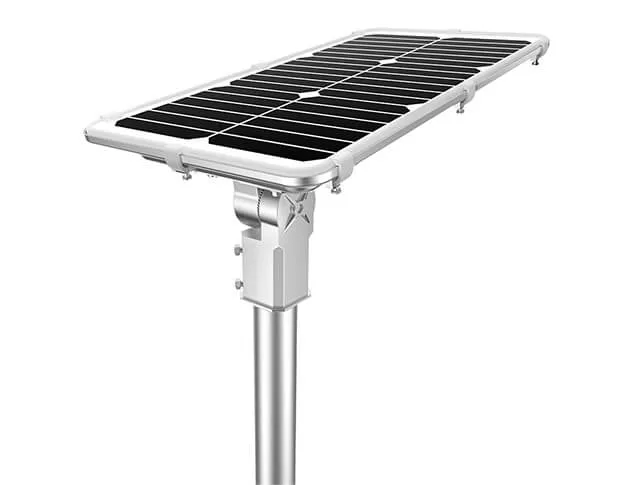
All in one Solar Street Light
All-in-one solar street lights, also known as "Integrated solar street lights," combine a high-efficiency solar panel, lithium battery, LED modules, and smart controller, along with a PIR or motion sensor. They are easy to install and transport.
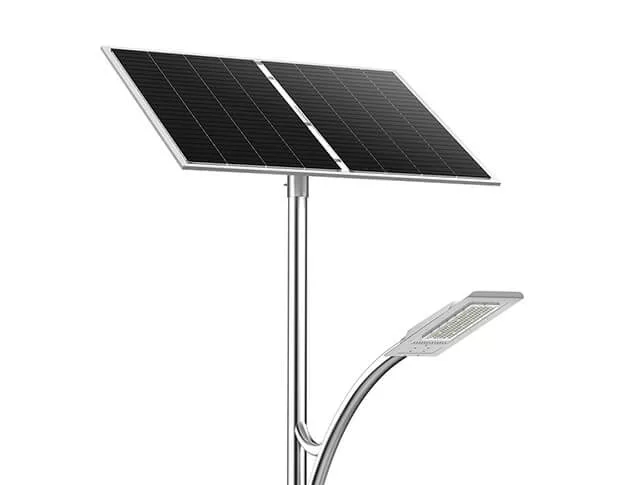
All-in-Two Solar Street Light
The battery, controller and light source of the luminaire are integrated to form a unified unit. Additionally, the solar panel is separated, creating a two-piece system. Of course, the all-in-two approach is designed around lithium batteries, leveraging their advantages of small size and lightweight to achieve efficiency.
| Power(W) | Lumen(lm) | Replacement(W) | Install Height(M) |
| 10W | 2000LM | 35W HPS or MH | 3-4m |
| 20W | 4000LM | 60W HPS or MH | 4-5m |
| 30W | 4800LM | 100W HPS or MH | 5-6m |
| 40W | 6400W | 150W HPS or MH | 6-7m |
| 50W | 9000LM | 150W HPS or MH | 7-8m |
| 60W | 9600LM | 200W HPS or MH | 8-10m |
| 80W | 12800LM | 250W HPS or MH | 9-11m |
| 100W | 1600LM | 250W HPS or MH | 10-12m |
| 120W | 19200LM | 400W HPS or MH | 11-14m |
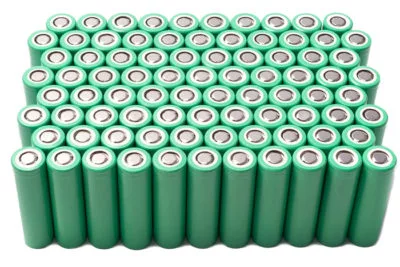
Lithium Battery
The majority of lithium batteries in solar street lighting systems are either ternary lithium batteries or lithium iron phosphate (LiFePO4) batteries. While more expensive, lithium batteries offer a longer lifespan compared to lead-acid types. Ternary lithium batteries excel in cold resistance, whereas lithium iron phosphate batteries are better suited for high temperatures, making them the preferred choice in warmer climates. Common voltages for lithium batteries in solar street light systems are 3.7V, 3.2V, 6.4V, 11.1V, and 12.8V.
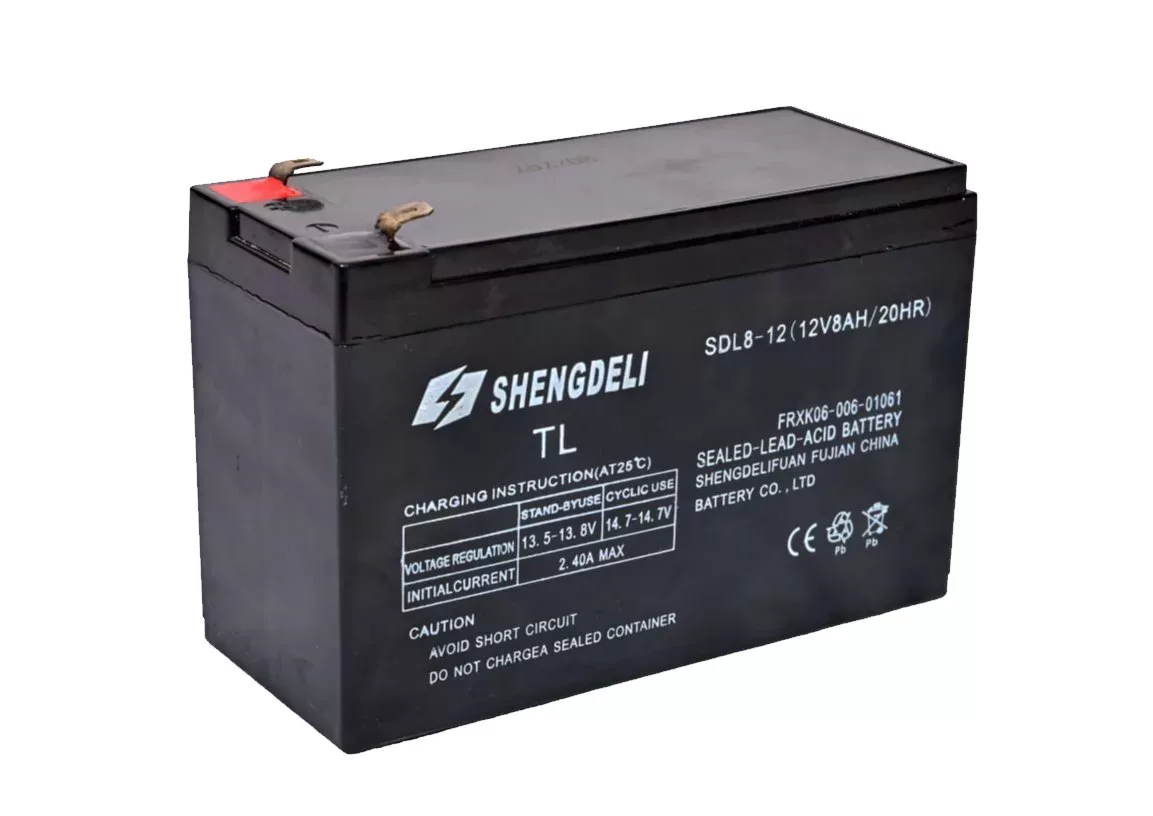
Lead-acid Battery
Lead-acid batteries, including valve-regulated lead-acid (VRLA) and gel-type lead-acid batteries, are primarily used in split solar street lamp systems and are typically buried underground. They are larger and less expensive but have fewer life cycles compared to lithium-ion batteries. Most lead-acid batteries operate on 12V or 24V systems.
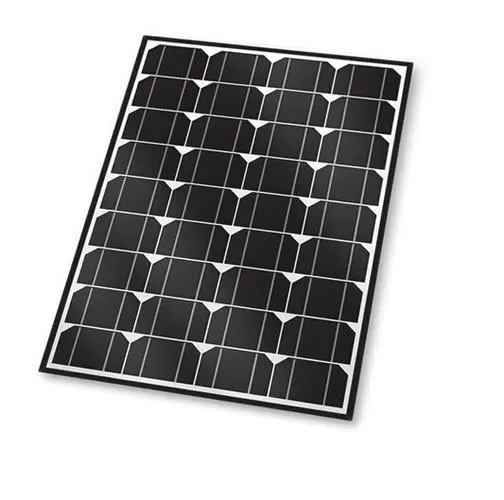
Monocrystalline Solar Panel
Monocrystalline silicon solar panels have a photoelectric conversion efficiency ranging from 18 to 24 percent, typically around 18 percent. These solar cells boast the highest photoelectric conversion efficiency among all types and can last up to 25 years. However, their production costs are higher compared to other types.

Polycrystalline Solar Panel
The production process for polycrystalline silicon solar panels is similar to that of monocrystalline silicon solar panels, yet polycrystalline panels have a lower photoelectric conversion efficiency, approximately 16%. However, they are less expensive than their monocrystalline counterparts.
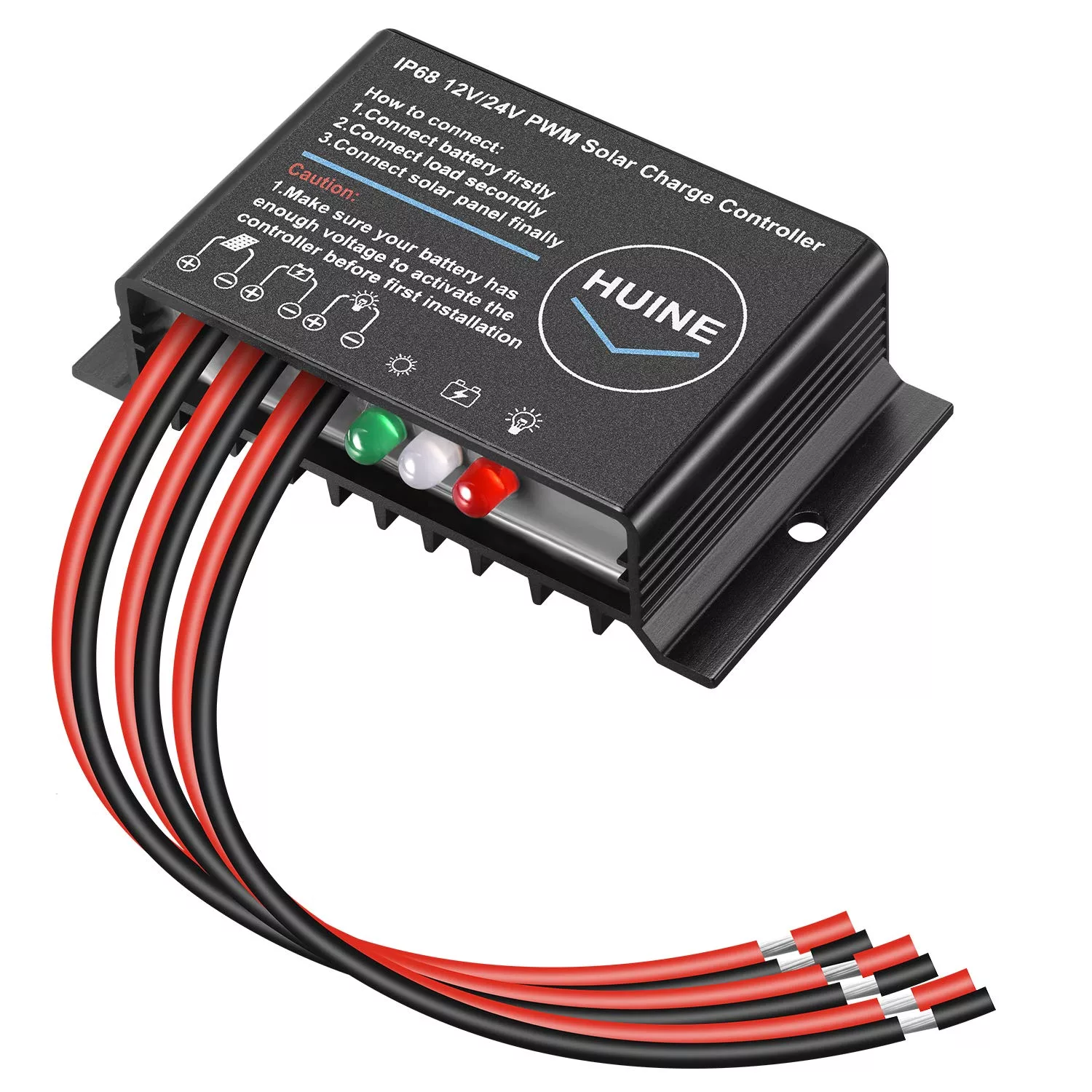
PWM Solar Controller
PWM solar controllers, representing second-generation technology, are prevalent in the market today. They operate using PWM (Pulse Width Modulation) control. Compared to standard solar controllers, they offer significant improvements and can address issues of battery undercharge. While their charging conversion efficiency is about 70%, they do not fully utilize the solar panels.
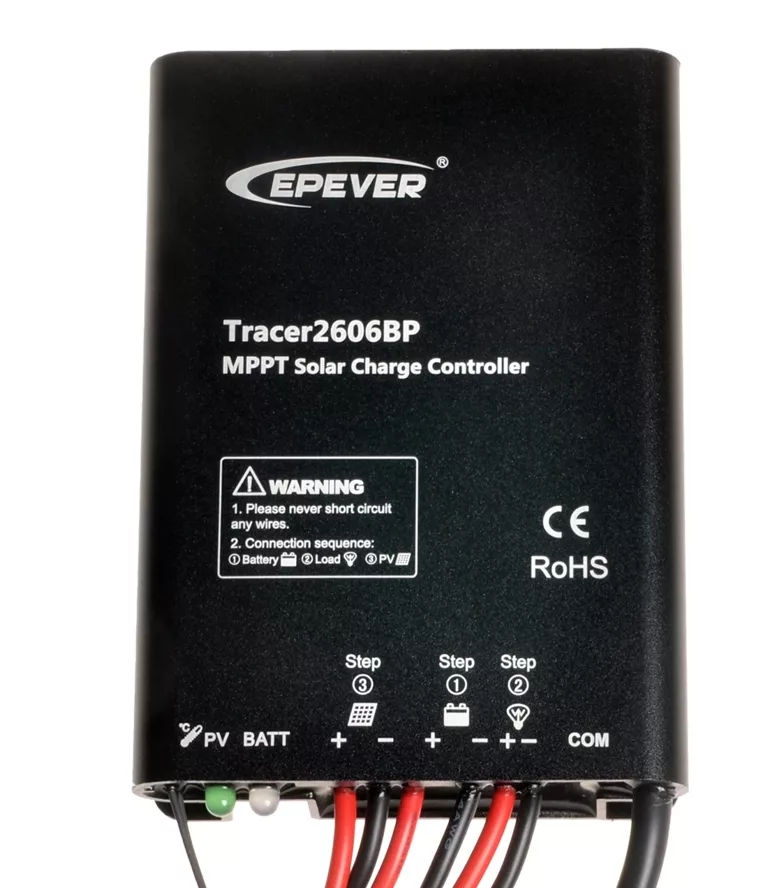
MPPT Solar Controller
The MPPT solar controller is a third-generation technology featuring "Maximum Power Point Tracking." It is an advanced version of the PWM solar controller. The MPPT controller continuously monitors and tracks the voltage and current of the solar panel, ensuring maximum power (P=U*I) for optimal battery charging. With a tracking efficiency of 99% and a system power production efficiency of 97%, it provides excellent battery management.
What Parameters are Necessary for Configuring Solar Street Lamps?
Since each city has different levels of sunlight, and customers have varying needs for operation hours and backup days during rainy periods, please contact us with the following questions for a precise configuration:
- Where will your solar LED street lighting system be installed?
- How many hours each night will the LED street light operate?
- How many backup days are required for continuous rainy days?
- Is there a need to dim the LED street light (during less busy hours)?
- Are there any additional specifications you require?

